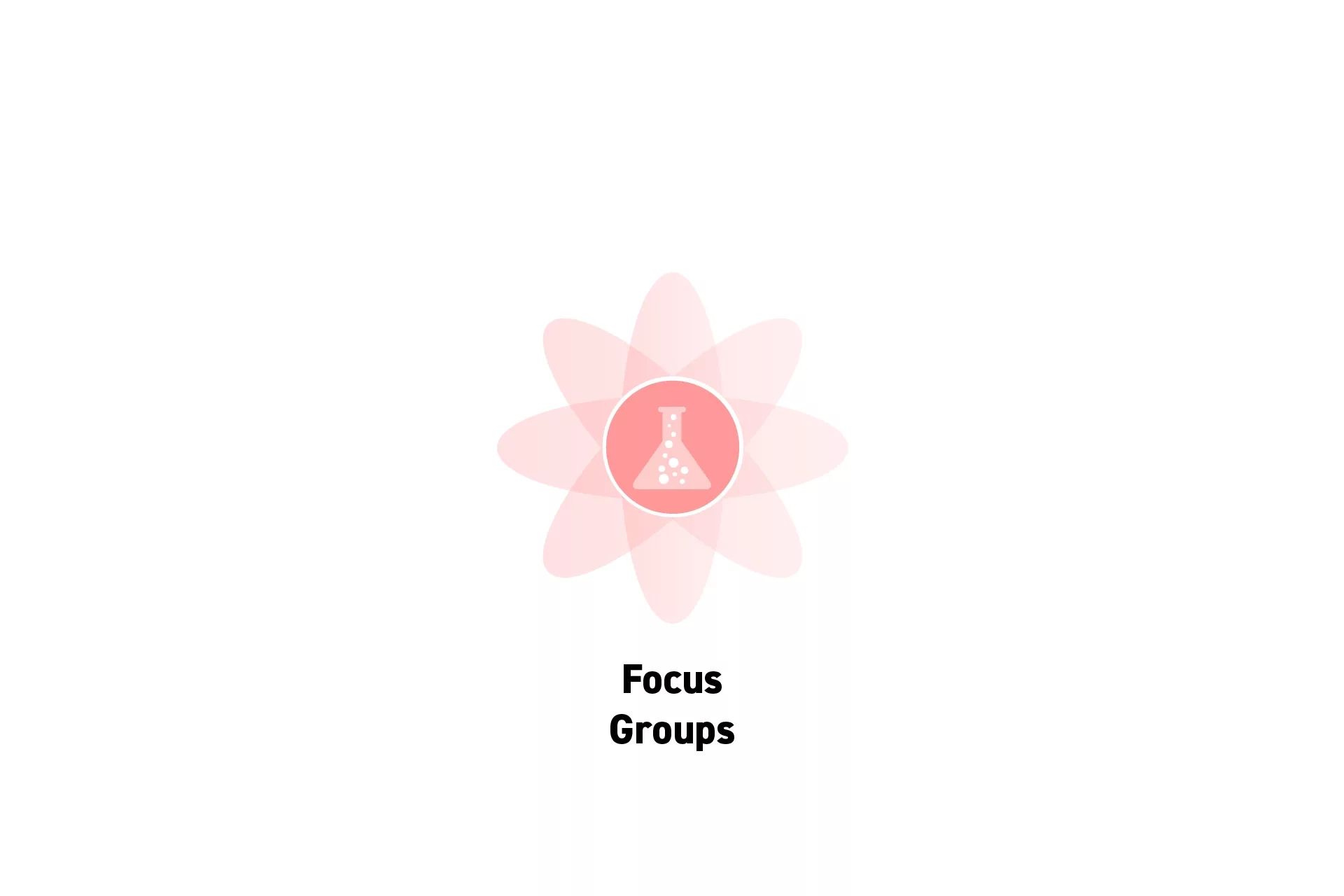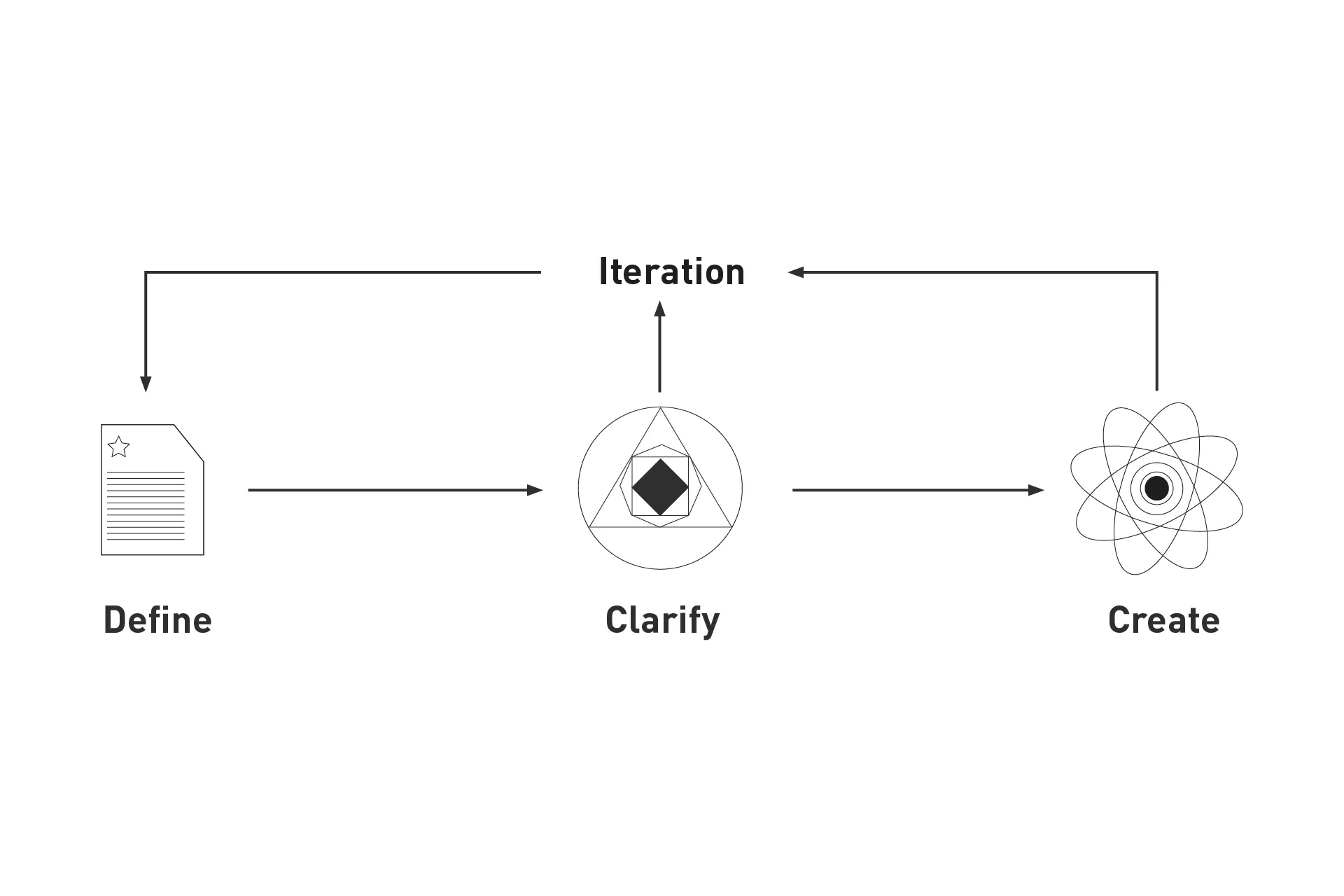How to plan and conduct focus group interviews
A seven step process for planning and conducting focus group interviews.

A seven step process for planning and conducting focus group interviews.
SubscribeWhat are Focus Groups?Please note that steps three and four can be carried out in parallel.
Step One: Write a Hypothesis
In order to plan and conduct a focus group, you must define the problem that you are trying to solve or the idea that you want to validate, or learn about.
Step Two: Define the target audience
Focus Groups are intended to help you gather an in depth understanding about a cohort.
This cohort could also be seen as a collective within your target audience, which must be defined in order to make sure you gather the right people.
Please note that steps three, four and five can be carried out in parallel.
Step Three: Plan the study
We recommend that you write a guide that offers a series of questions and prompts for the facilitator to use as a road map or memory aid during the interview. It will help them keep the group on track and to make sure the important questions are answered.
When developing the focus group guide, identify from who you want to obtain information (i.e. the target audience or a specific gender within the target audience), what type of information you want to obtain, and what use you have for the information.
We strongly recommend that you interview the focus groups for the jobs that they carry out in relation to the field that you are seeking to bring a product, service or experience to. These jobs may reveal gaps in the market that could be fulfilled by your business as a means to enhancing the lives of the users.
To learn more consult the Harvard Business School article linked below.
These jobs or pain points that might be uncovered should be formalized into a user journey map and an empathy map with an associated persona for each individual that you carry an IDI on.
Step Four: Find the Participants
Find 6-12 participants for each focus group.
Step Five: Find the Conductors
In order to conduct the focus group you will need:
- A Facilitator: The person who guides the group and keeps the group focused.
- A Note Taker: The person who observes and takes notes without interacting with the group.
- A Technician: The person who records the focus group.
Step Six: Conduct the Focus Group
Invite the participants to your test site or invite them to a video conference with screen sharing.
Focus Groups tend to last 60-90 minutes and will see the facilitator ask the questions from the guide whilst the note taker annotates all insights and findings.
Similar to IDI's, Focus Groups are meant to be fluid and should allow the group to go to places that may help your mission. However, it is important to keep them on track when things go to places that aren't helpful to your organization or purpose.
We recommend you check out our guide for conducting IDI's to learn more about our tips for conducting user research interviews.
Step Seven: Evaluate the Results
Carry out qualitative and statistical analysis on the results, draw conclusions and evaluate the outcome.
To learn more about statistical analysis consult this link.
It might also be of interest to create journey maps from the stories that you may have heard. This may help you update your service blueprint.
Additionally, we recommend that you consult our Methods for Synthesizing User Research article linked below to learn about design thinking products that could come out of the research that you have conducted.
These products are created using popular design research methodologies which are intended to help you and your organization innovate effectively.
Always remember, the work is never done

delasign's process
When carrying out focus group, it is important to note that they are neither a start nor an end.
They should serve as a means to learn more about your target audience, what works and what does not and should ultimately help refine the hypothesis, feature, product, service or experience as you progress.
They are also capable of demonstrating that you should not pursue a feature or a product, service or experience - and that's OK.
Looking to learn more about Research and Strategy?
Search our blog to find educational content on research and strategy.